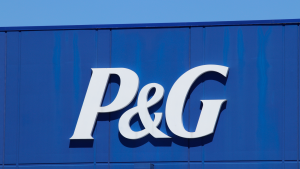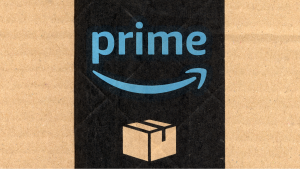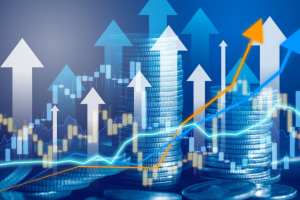
The year 2023 has been marked by volatility in the stock market, as inflation, interest rates and geopolitical tensions have created uncertainty for a number of investors. These times call for investing in “safe” or stable stocks that have proven their resilience during uncertain times. Below I will discuss three safe stocks that are poised for solid returns in 2023 and beyond.
Procter & Gamble (PG)

This consumer staples giant has a diversified portfolio of products that are essential for everyday life, such as Tide, Pampers, Gillette and Crest. Due to its wide array of products, Procter & Gamble (NYSE:PG) has acquired a loyal customer base, strong pricing power and a global presence. P&G’s products have essentially become consumer staples and, therefore, even during times of economic uncertainty, the company tends to do well. During the pandemic era, the company was able to grow annual revenue by the mid-single digits, which is above P&G’s average revenue growth rate during the years prior to the pandemic.
While P&G’s stock has not moved much this year, Procter & Gamble has maintained a 94 cents per share quarterly dividend, which should keep income-driven investors happy.
Coca-Cola (KO)

The beverage behemoth, Coca-Cola (NYSE:KO), is another safe stock that has a long history of success and stability. Coca-Cola owns some of the most iconic and popular brands in the world, such as Sprite, Fanta, Minute Maid and Dasani. On top of that, the beverage company has a wide distribution network, a loyal customer base and a strong competitive advantage.
While there is a lot of talk about health consciousness and Novo Nordisk’s (NYSE:NVO) weight-loss pills, Coca-Cola has also already been diversifying its portfolio to include more health-conscious and premium products. These include sparkling water, coffee, tea and juice brands.
Investing in these new brands has not taken away from Coca-Cola’s strong profitability margins. Rather, the company has maintained its profitability and cash flow generation. In 2022, Coca-Cola generated more than $9 billion in net income, representing a net margin of 22%. Those strong profitability margins help Coca-Cola to maintain a decent quarterly dividend at 46 cents per share, which implies an annual yield of now more than 3%.
Amazon (AMZN)

Amazon (NASDAQ:AMZN) dominates the online retail space, with millions of customers and sellers using its platform every day. Outside of its well-known e-commerce business, the company has also created a lucrative cloud computing business, Amazon Web Services (AWS).
Although many would not turn to the stock of an e-commerce leader for safety, Amazon has proven to be one of the most resilient and innovative companies in the current market. Some of that has been due to cost-cutting initiatives which have allowed Amazon’s margins to improve in recent quarters. Moreover, AWS growth has continued to stabilize and could rebound as the U.S. economy heads toward what many economists are predicting to be a “soft-landing.”
As Amazon’s stock rebounds from its October low points, investors looking for a resilient stock should allocate before shares rise even higher.
On the date of publication, Tyrik Torres did not have (either directly or indirectly) any positions in the securities mentioned in this article. The opinions expressed in this article are those of the writer, subject to the InvestorPlace.com Publishing Guidelines.




